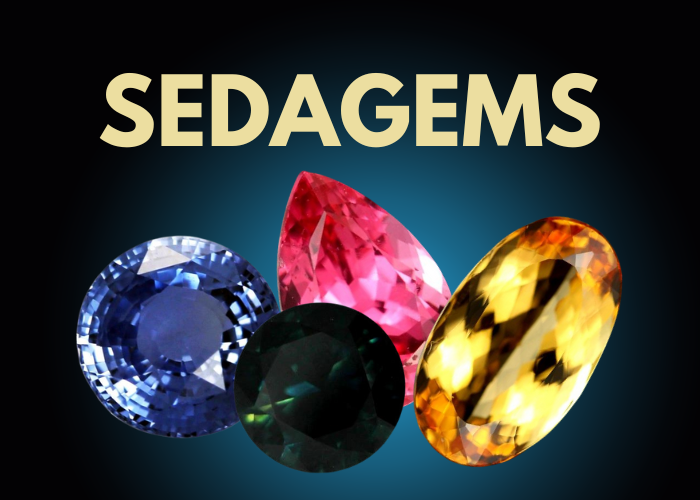ANCIENT GLASS BEAD - AFGANISTAN-FACE DRILLED 16.55CTS MX4727
- UGS
- Dimensions (mm)
- 21.000 x 15.000 x 7.000mm
- Poids (cts)
- Couleurs
-
ANCIENT ROMAN GLASS
This is a stunning glass bead specimen which is between 700 to 3000 years old.Thousands of years ago, the Romans came to Afghanistan to trade glass and teach the art of glass making. Buried for centuries, the discarded chunks had been thrown into a pit for recycling, a common practice in ancient times, but instead were forgotten.It was just recently re found.This piece we selected for its stunning colour-ideal as a centre piece in a necklace or kept a as a specimen.It should not be used where there is excessive rubbing.
Drilled in the face so it can be thredded on a necklace
Weight 16.55 cts app
Size 21 x 15 x 7 mm app
COLOUR-where does it come from.?
The brillant colours come from a chemical reaction from the glass when left in the soil for ions.We have a similar result in the opal fields in Lightning ridge Australia as when a bottle is left for years there are some faint opal like colours appear-but it is nothing compared to the brillant colours from this ancient glass.The sands used to manufacture ancient glass contained manganese and iron ore impurities which over centuries gives unique colours to the glass when left in the ground. The sands also contained sulphurs and glass blowers added minerals to colour enhance these glass vessels.They added red by mixing copper, and lead.
- UGS
- Dimensions (mm)
- 21.000 x 15.000 x 7.000 mm
- Poids (cts)
- Couleurs
-
ANCIENT ROMAN GLASS
This is a stunning glass bead specimen which is between 700 to 3000 years old.Thousands of years ago, the Romans came to Afghanistan to trade glass and teach the art of glass making. Buried for centuries, the discarded chunks had been thrown into a pit for recycling, a common practice in ancient times, but instead were forgotten.It was just recently re found.This piece we selected for its stunning colour-ideal as a centre piece in a necklace or kept a as a specimen.It should not be used where there is excessive rubbing.
Drilled in the face so it can be thredded on a necklace
Weight 16.55 cts app
Size 21 x 15 x 7 mm app
COLOUR-where does it come from.?
The brillant colours come from a chemical reaction from the glass when left in the soil for ions.We have a similar result in the opal fields in Lightning ridge Australia as when a bottle is left for years there are some faint opal like colours appear-but it is nothing compared to the brillant colours from this ancient glass.The sands used to manufacture ancient glass contained manganese and iron ore impurities which over centuries gives unique colours to the glass when left in the ground. The sands also contained sulphurs and glass blowers added minerals to colour enhance these glass vessels.They added red by mixing copper, and lead.
| Fournisseur d'expédition | Expédition vers :pays | Expédition dans le reste du monde |
|---|---|---|
| FedEx | $12.00 / : jours jours | $39.00 / : jours jours |
|
:pays
:fournisseur bénéficie d'une réduction de :prix sur les commandes avec :quantité ou plus d'articles
Reste du monde
:fournisseur bénéficie d'une réduction de :prix sur les commandes avec :quantité ou plus d'articles
|
||
| Registered Shipping | $9.00 / : jours jours | $16.00 / : jours jours |
|
:pays
:fournisseur bénéficie d'une réduction de :prix sur les commandes avec :quantité ou plus d'articles
Reste du monde
:fournisseur bénéficie d'une réduction de :prix sur les commandes avec :quantité ou plus d'articles
|
||

-
 Positif
PositifBeautiful agate piece , and as always fast efficient service from Sedagems
-
 Positif
PositifNice
-
 Positif
PositifGorgeous stones, very happy
-
 Positif
PositifGorgeous stone, very happy













![22.9CTS VARASCITE 'SPIDER WEB' AUSTRALIA [MGW 4616]](https://liveplatforms-production.b-cdn.net/tenants/gr/uploads/images/490000-494999/490866/55236df10a48f.JPG?width=480&aspect_ratio=1001%3A1000)





